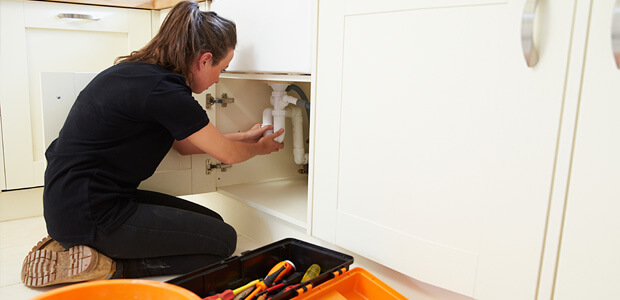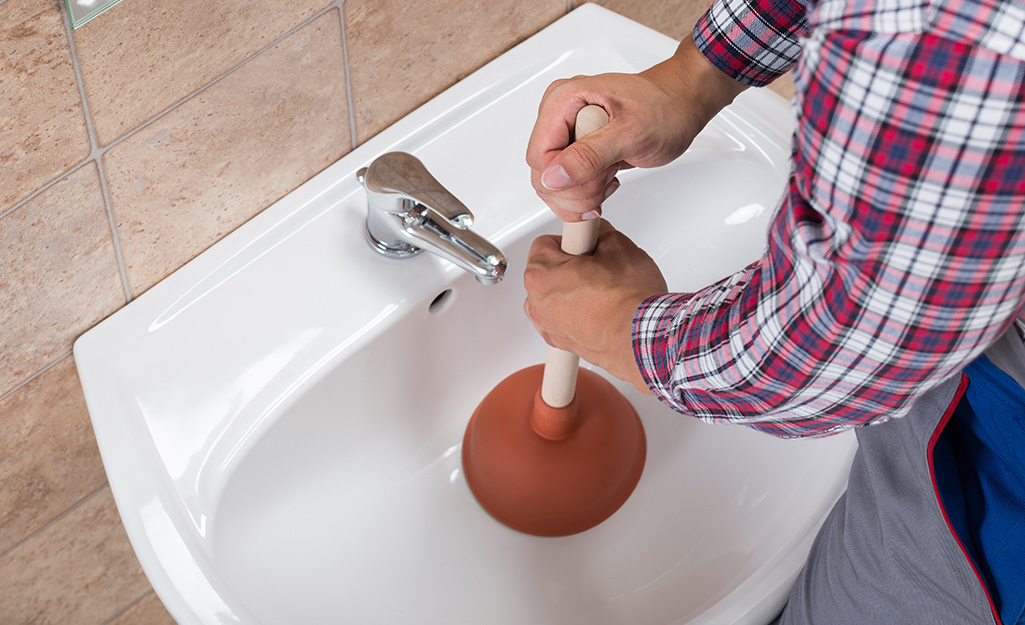Techniques for Dealing with a Blocked Drain Prior to Engaging Expert Plumbers
Techniques for Dealing with a Blocked Drain Prior to Engaging Expert Plumbers
Blog Article
Everybody maintains their own unique opinion about 8 Tips For Clearing A Blocked Drain.

Intro
Handling a blocked drainpipe can be an aggravating experience, disrupting everyday activities and possibly creating damage to your building. However, prior to reaching out to pipes specialists, there are actions you can require to resolve the problem on your own. In this overview, we'll discover DIY services and preventive measures to tackle a blocked drain successfully.
Identifying the Concern
The very first step in resolving a blocked drain is recognizing the signs. Sluggish water drainage, gurgling sounds, foul odors originating from drains, or water backing up are common indicators of a blocked drainpipe. Identifying these indications early can aid protect against even more issues.
Usual Reasons For Obstructed Drainpipes
Understanding the elements that add to drain obstructions is essential for reliable resolution. Usual offenders include hair, soap scum, oil, food particles, and foreign objects like sanitary products or paper towels. Tree roots attacking underground pipelines can additionally create substantial obstructions.
Do it yourself Solutions
For small clogs, a number of do it yourself options can be reliable. Pouring boiling thin down the drain can assist liquify grease and debris. Baking soda and vinegar or a mixture of salt and cooking soft drink can act as all-natural cleansers. Utilizing a bettor or pipes snake to dislodge blockages is another option.
Devices and Tools
Having the right tools accessible can make do it yourself drainpipe cleaning extra efficient. A plunger is a versatile device for getting rid of obstructions in sinks, commodes, and showers. A pipes snake or auger can reach much deeper clogs, while drainpipe cleaning chemicals can be utilized very carefully for stubborn clogs.
Preventive Measures
To avoid future clogs, taking on safety nets is vital. Install drain guards or strainers to capture hair and particles before they go into the pipelines. Consistently flush drains pipes with hot water to dissolve oil buildup, and avoid throwing away grease or strong waste down the drain.
When to Call a Professional
While DIY solutions can settle minor blockages, specific indicators show the need for specialist assistance. Relentless clogs, foul odors in spite of cleaning initiatives, or multiple drains backing up simultaneously are red flags that warrant experienced intervention.
Picking the Right Plumbing Service
When choosing a plumbing solution, take into consideration variables such as experience, licensing, and client testimonials. Pick a respectable plumbing with a record of high quality craftsmanship and clear pricing methods.
Expense Factors to consider
The expense of expert drain cleaning company can differ depending upon the extent of the blockage and the plumbing professional's prices. Demand quotes from several companies and inquire about any additional charges to make certain openness and prevent shocks.
Safety and security Measures
When attempting do it yourself drainpipe cleansing, prioritize safety. Put on safety handwear covers and eyeglasses to avoid contact with hazardous chemicals or germs. Never blend different drain cleaning items, as this can generate dangerous fumes.
Situation Researches
Real-life instances show the efficiency of DIY services and the significance of timely expert intervention in resolving drainpipe obstructions.
Verdict
By complying with the ideas detailed in this overview, you can effectively tackle blocked drains and protect against future pipes concerns. Whether going with DIY solutions or looking for expert assistance, timely activity is crucial to keeping a healthy and balanced pipes system and preserving the integrity of your home.
How to Clear a Clogged Drain Yourself (And When to Call In the Professionals)
What Can Clog a Drain
Dirt Skin flakes Hair Grease Soap scum Food Offset pipes Tree roots Small objects Mineral buildup DIY Tricks to Unclog a Drain
You can fix this! Once you have identified the source of the clog (or have a vague idea), you can try one or a combination of these fixes in order to clear your plumbing.
Wire Hanger or Snake
Untangle and clear out hair from a drainpipe with a homemade snake. Use a straightened-out wire hanger with a 90-degree angle hook to locate the clog and drag out any unwanted material.
Remember not to push the clog further down to where the wire hanger cannot reach! If you need to follow up with a plunger, give it a try. Your efforts might be more successful after it’s been wire-snaked.
If you want to get fancy and don’t have a wire hanger to spare, head to the store and pick up a hand-operated drain snake. You can get one for $10-$30. It may save you the hassle, and provide additional length to reach deep into the clogged pipe.
Plunger
A cup plunger has a suction cup attached to a wooden handle. The rubber creates a seal around the drain, and increases the pressure force of the plunger.
Plunge for 30-second increments to loosen the clog. This may need to be repeated over the course of 15-20 minutes. Once plunged, run the water to flush the remaining material out of the drain.
Remember– never use a plunger if you have used a chemical drain cleaner. These chemicals can splash up from the force of the plunger and cause serious injury or burns.
Boiling Water
Hot water can sometimes break up materials into a flushable amount. Dirt, grease, and soap buildup requires heat in order to unstick from surfaces.
Take your kitchen kettle and heat your water to a boil. Once it reaches a rolling boil, pour it directly down the drain into the blockage. Carefully follow with plunging, if necessary.
Don’t worry if this takes more than one try! It can often take multiple kettles and repeated plunging in order to clear a particularly stubborn clog.
Chemical Drain Cleaner
As a last resort, pick up a bottle of chemical drain cleaner. Drain-cleaning chemicals are potent, and not very good for the environment.
You may need to wear protective eyewear in gloves before handling your bottle of chemical drain cleaner. Follow the instructions printed on the bottle, and flush with water as soon as the instructions allow. Do not follow with plunging.
Baking Soda and Vinegar
As a safer alternative to chemical drain cleaner, baking soda and vinegar can create a chemical reaction that clears tough clogs.
Combine one cup of cleaning vinegar with one cup of boiling water, and set aside. Once you have done this, pour half a cup of baking soda down the drain. Give the baking thirty seconds to settle and cover a large portion of the problem drain.
Following the baking soda, pour down your vinegar and hot water solution. Once the vinegar and baking soda combine, the mixture will bubble and fix. Let this reaction fizzle in the drain for about an hour.
After an hour, follow with a kettle’s worth of hot water. The heat and liquid should flush out any remaining material.
When to Call a Plumber
If your DIY attempts haven’t cleared your clog drain, it’s time to call in a professional. It’s not worth losing access to your kitchen sink or high-traffic bathroom. A clog in a vital area can keep you from the things you’d rather be doing, and derail your routine.
Anytime a clog is causing water to spread is a time to call in a plumbing service. What starts out as a little bit of water can quickly grow into serious, expensive water damage.
Additionally, a serious clog can result in burst pipes or serious leaks. Make sure you know when to take it seriously!
https://myguysnow.com/how-to-clear-a-clogged-drain-yourself-and-when-to-call-in-the-professionals/

I'm very eager about How to handle a clogged drain in your home and I really hope you appreciated my post. Do you know another person who is interested by the topic? Do not hesitate to promote it. I love your readership.
Call Today Report this page